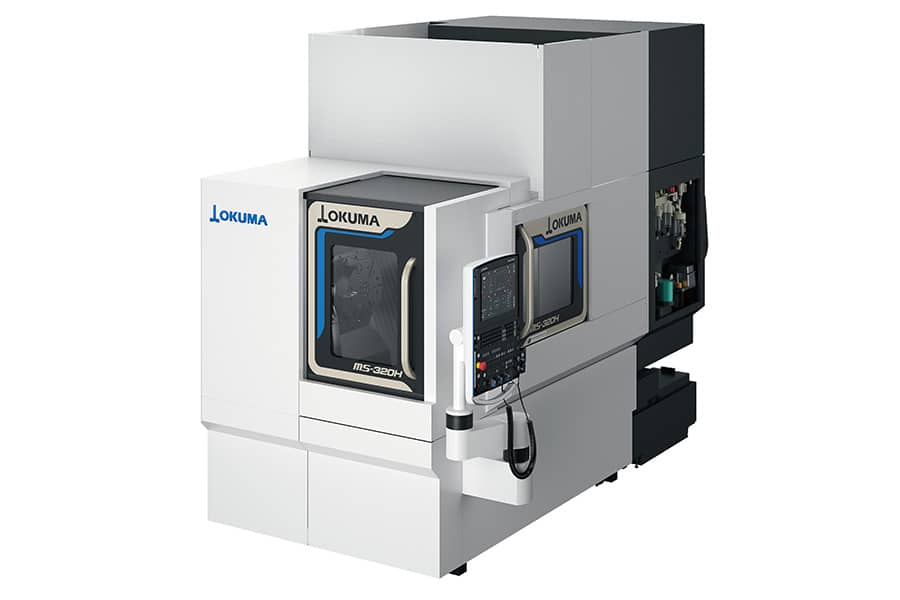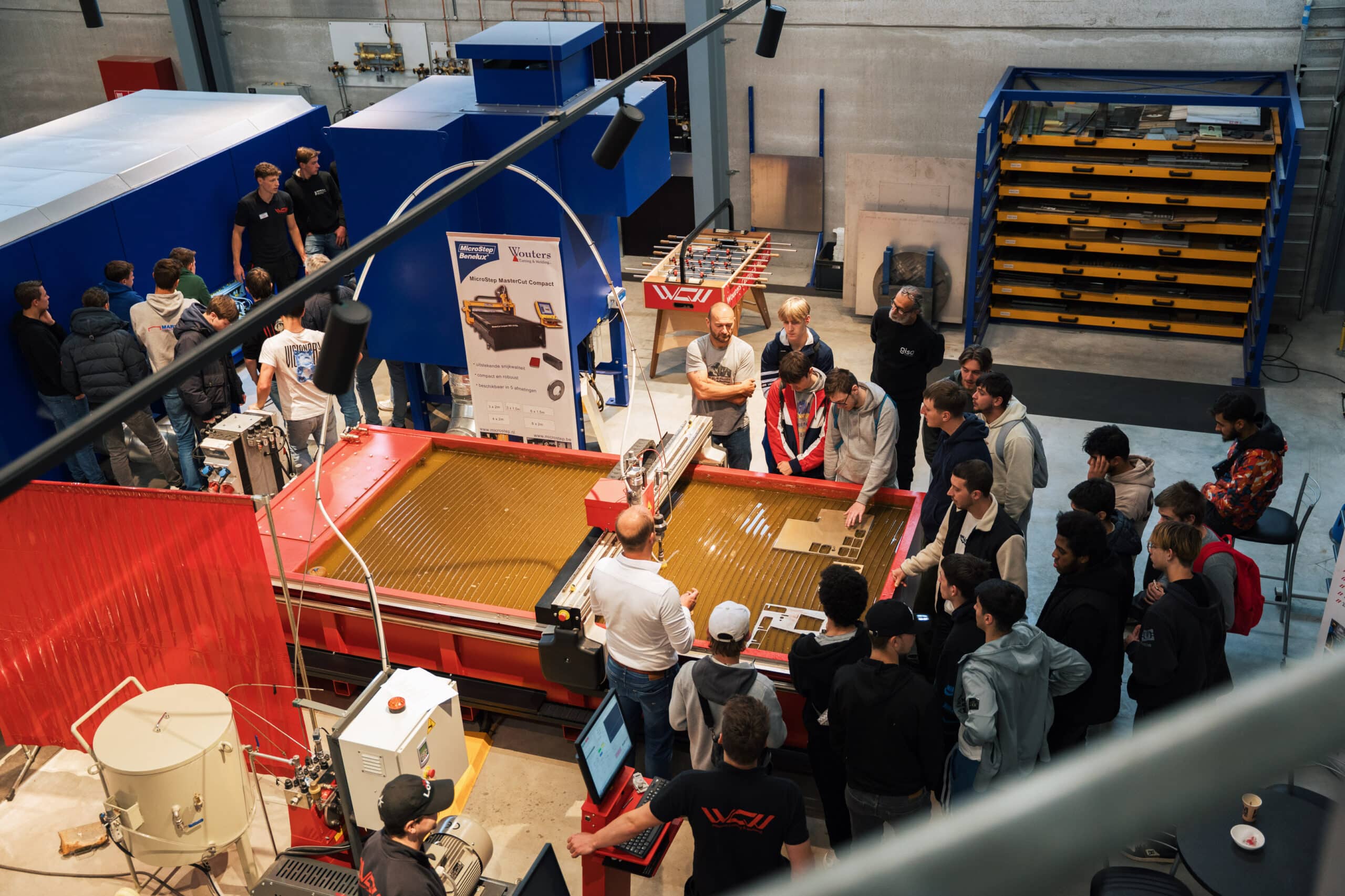
Trends in metal drilling: from coating to flux drills
Machining tools for machining metal are still subject to developments so that faster, more accurate or more reliable machining is possible. Preferably fully automated. This article explores developments in specific drilling tools. These include the coatings used but also relate to the knowledge and special ways of drilling.
Drilling in metal is a machining process used in many businesses. While some use fully automated 24/7 drilling, others use a simple column drill for occasional holes. Especially the first category is keen on latest developments because, after all, every higher speed or every preventable downtime ultimately leads to higher machine availability and ditto production.

Coatings
Carbide drills often already have good enough properties to achieve relatively good drilling results. For example, standard HSS drills are well suited for drilling into copper, aluminum and steel but are less suitable for hard metals such as stainless steel. In the HSS-Co version, a certain amount of cobalt is added to the standard HSS alloy. This increases the wear resistance of the drill bit which means that its service life increases and the drills also stay sharp longer. Equipped with a coating, however, the advantages increase. Depending on the material to be machined, it is best to choose a specific coating. A simple black oxide coating is a coating intended to prevent corrosion and ensures that the drill remains somewhat cooler even at higher temperatures. More advanced coatings include the golden yellow titanium nitride (TiN) or the dark gray titanium aluminum nitride (TiAlN). The first type is characterized, among other things, by high hardness, good adhesion and high resistance to high temperatures and chemicals. In addition, this coating has a low oxidation temperature and is suitable for use in biochemical and food industries. Titanium Aluminum Nitride (TiAlN) is a coating whose properties include high oxidation stability and high hardness at elevated temperatures. A special feature of a TiAlN coating is that a thin layer of Aluminum Oxide (Al2O3) forms on top of it, which constantly repairs itself. This protects the coating - and thus the drill bit - from wear and possible oxidation. In addition, the low friction makes this coating suitable for high cutting speeds and feeds.

Optimal chip removal
Jan de Gooijer is commercial director of OSG Netherlands and knows, "But then we are talking mainly about the most common coatings.
The company OSG was founded in Japan in 1938 and has been developing ever since as a manufacturer of drilling, tapping and milling tools. For all these years, research has focused on optimizing these tools with respect to properties such as tool life, maximum feed and cutting speed, cooling, chip removal, and so on. In this, many successes have now been achieved of which I would like to mention two that fit within "trends in drilling. The first one can be mentioned briefly and concerns a proprietary WXL coating. This coating was developed in our own laboratory with an eye on tool life and a low coefficient of friction in particular. An important feature: after all, double tool life means buying half as many drills."

Chip formation
The second trend De Gooijer mentions concerns chip formation. Especially when drilling - and certainly when drilling deep holes - it is very important that chips are removed as quickly and efficiently as possible. Chips left behind cause a large number of potential problems including jamming of the drill bit, temperature rise, damage to the bore or drill bit fracture, and so on. For this reason, much of the research within OSG focuses on shaping the chips into small compact pieces. This is done in part by a special cutting edge correction that always creates short curls and allows the speeds to be increased.

Flow drills
Finally, a search through the corridors of the Internet leads to Metallurgical consultancy Innomet where, among other things, knowledge is shared about the principle of fluid drilling. This method of drilling is not very well known and mainly intended to make holes in metal at high speed without loss of material. The technique is basically suitable for most structural metals and is explained in the figure below.
A pointed tool made of heat-resistant carbide is used for flux drills. Turning this tool hard on the metal creates such frictional heat that the metal softens and deforms plastically. This makes it easy to push the pointed tool through the material. This type of drilling does not create chips and therefore no material is lost. In fact, the soft metal forms around the tool like a bushing and may even be suitable for cutting threads in it. Of course, the edges can also be cut away, in which case it must be considered whether the surface should be post-treated to prevent corrosion. A disadvantage of this method of drilling is that the metal partially burns on site due to the oxygen present. With stainless steel, this leads to the loss of a (large) part of the corrosion resistance. It also creates oxide skins with different properties that can lead to micro-cracks when the temperature changes.
Just a sampling of a multitude of developments that will further help the industry produce efficiently, accurately and safely.



